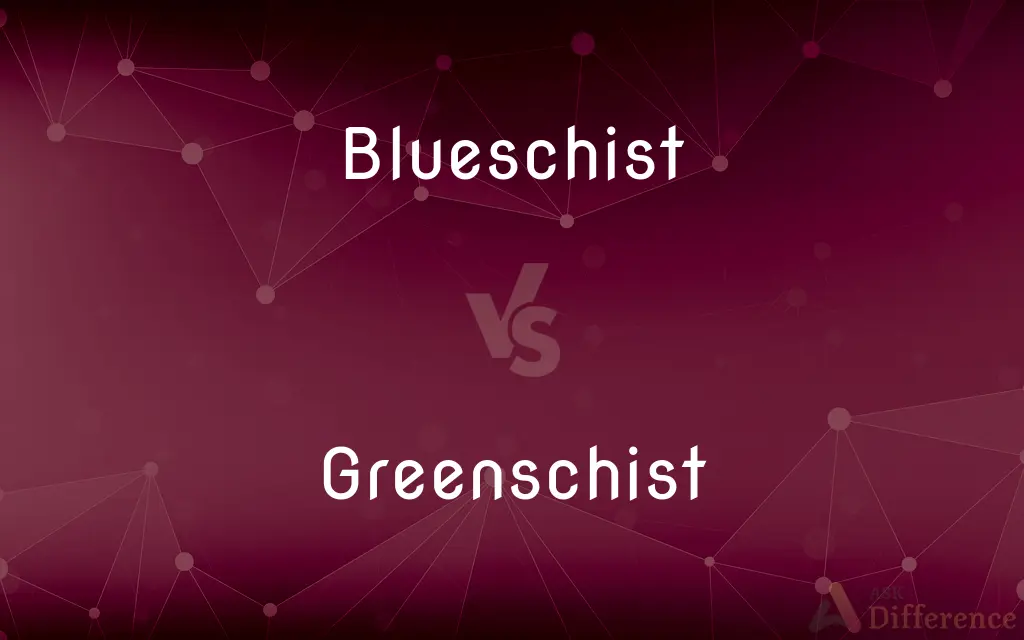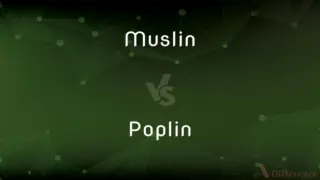Blueschist vs. Greenschist — What's the Difference?

Difference Between Blueschist and Greenschist
ADVERTISEMENT
Compare with Definitions
Blueschist
Blueschist ( ), also called glaucophane schist, is a metavolcanic rock that forms by the metamorphism of basalt and rocks with similar composition at high pressures and low temperatures (200–500 °C (392–932 °F)), approximately corresponding to a depth of 15–30 km (9.3–18.6 mi). The blue color of the rock comes from the presence of the predominant minerals glaucophane and lawsonite.
Greenschist
Greenschists are metamorphic rocks that formed under the lowest temperatures and pressures usually produced by regional metamorphism, typically 300–450 °C (570–840 °F) and 2–10 kilobars (14,500–58,000 psi). Greenschists commonly have an abundance of green minerals such as chlorite, serpentine, and epidote, and platy minerals such as muscovite and platy serpentine.
Blueschist
A bluish schist that forms under conditions of high pressure and low temperature and often contains the mineral glaucophane.
Greenschist
A greenish schist that forms under conditions of low temperature and low pressure and often contains the mineral chlorite, epidote, or actinolite.
Blueschist
(geology) A metamorphic rock containing glaucophane.
ADVERTISEMENT
Greenschist
(rock) A metamorphic rock formed at low temperature and pressure, often with an abundance of green minerals such as chlorite, serpentine, and epidote.
Share Your Discovery

Previous Comparison
Tremor vs. Clonus
Next Comparison
Muslin vs. Poplin













































